The Summer Palace is another beautiful and fascinating place to visit on a small group tour in Beijing. It is dominated by Longevity Hill and Kunming Lake. The central Kunming Lake covers 2.2 square kilometers and is a man-made lake. The soil dug out from the lake was used to build Longevity Hill. Built on the front slopes of Longevity Hill, the Summer Palace has a rich variety of palaces, gardens, and other classical-style architectural structures.
The highest structure and focal point on the Longevity Hill is the Tower of Buddhist Incense. The Tower stands on top of a 20 metre tall stone base, and altogether is 41 metres in height with eight portico’s, three levels and four layered eaves. It was under an extremely costly renovation process when we visited. It should look fabulous now!
The Summer Palace was originally known as the “Garden of Clear Ripples”. The gardens architectural styles were reproductions of various palaces in China, whilst Kunming Lake is an imitation of the West Lake in Hangzhou.
The Qianlong Emperor gave Longevity Hill its present name in 1752 in celebration of his mother’s 60th birthday (his mother was the Empress Xiao Sheng Xian, (1692-1777)). Longevity hill is approximately 60 metres in height with splendid halls and pavilions, built to take advantage of the hillside.
The Summer Palace came under attack and much of it was virtually destroyed during the Anglo-French allied invasion of 1860, and the attack by the eight allied powers during the Boxer Rebellion in 1900.
The garden was rebuilt in 1886, and again 1902 by the Empress Dowager Cixi, who used it as a summer retreat. It is said the Empress Dowager Cixi diverted 30 million taels of silver designated for the Chinese navy, for the reconstruction and enlargement of the Summer Palace, including the re-construction of the famous Marble Boat. Below are some of the main buildings, pavilions and places we visited within the grounds of the Summer Palace whilst on our Small Group Tour.
The Long Corridor
The Long Corridor is part of the Summer Palace. Following its destruction in 1860 the Long Corridor was included in Empress Dowager Cixi’s rebuilding program, and is now an amazing gallery of traditional Chinese art.It is richly decorated with 14,000 paintings applied on the ceiling and cross beams.
The Bronze Ox and Seventeen Arch Bridge
After strolling through the long corridor we moved outside to the edge of the lake. We passed a life-size bronze ox with an inscription on its back by the Qianlong Emperor. There is a famous Chinese legend about Yu the Great who was the founder of the Xia Dynasty 2205BC. Legends tell that he taught his people various skills with which to divert rivers and lakes to prevent flooding. The Bronze Ox is symbolic of his teachings and is positioned to protect the Forbidden City if the lake floods.
In the distance we could see the Seventeen Arch Bridge connecting the eastern shore of Kunming Lake to Nanhu Island in the west. It is the longest bridge in the Summer Palace. Make sure you look for this bridge when you pass by the Bronze Ox. It is a beautifully constructed pedestrian bridge.
The Marble Boat
Our next sight was the Marble Boat, which is a magnificent lakeside pavilion at the Summer Palace where the Empress would entertain. It was one of the many extravaganzas of Empress Dowager Cixi. The Empress was a very formidable young woman of her time, rising rapidly through the ranks from concubine to Empress Dowager Cixi at age 27 years, all within a period of 10 years.
Thus far we had only experienced fine weather on our small group tour in Beijing, but this afternoon at the Summer Palace it turned very bleak, cold and the lake became really choppy. We had been scheduled to go on the Lake in the dragon boats but had to cancel. What had looked inviting earlier now looked very uninviting, so no one complained.
The Jade Belt Bridge
The Jade Belt Bridge, a pedestrian bridge, is the most well known of the six bridges on the western shore of Kunming lake. It is greatly admired for its distinctive fine arch.
The Grand Theatre in the Garden of Virtuous Harmony
This building is 21 metres in height and features three tiers of tilted eaves and stages. All the stages can be raised or lowered by the use of a winch. There are trapdoors in the ceiling and below the stage so actors can ascend or descend according to the role they are playing. There is a well, and five ponds sunk under the ground. This provided for elaborate water scenes with the underground passages also providing better acoustics within the theatre. Many performances were held here in honor of the Empress Dowager Cixi, who on occasion would invite dignitaries’ to attend. It is considered that this building, and the performances held there under the auspices of Empress Dowager Cixi, played an important role in the development of the Beijing opera.
The Hall of Benevolence and Longevity
The Hall of Benevolence and Longevity is where Empress Cixi arranged her affairs of state and received officials. During the reign of Emperor Guangxu, she continued to rule from the behind an elaborately carved screen.
The Hall of Happiness and Longevity
Originally a two storied building, it was rebuilt in 1886 as a one storied construction and became the personal residence of Empress Dowager Cixi during her stay in the Summer Palace.
Suzhou Market Street
SuZhou Market Street is built along the Back Lakes of the Summer Palace and has some 60 stores running along its banks. It was built in the reign of Emperor Qianlong to give the emperor, his empress and concubines the experience of what it would be like to shop in a commercial street, in the outside world. Today the SuZhou market includes many stores open for tourists to browse through, such as dyers, souvenir shops, shoe stores, teashops, all with clerks dressed in Qing Dynasty (1644-1911) costumes. A wonderful taste of Chinese culture and tradition.
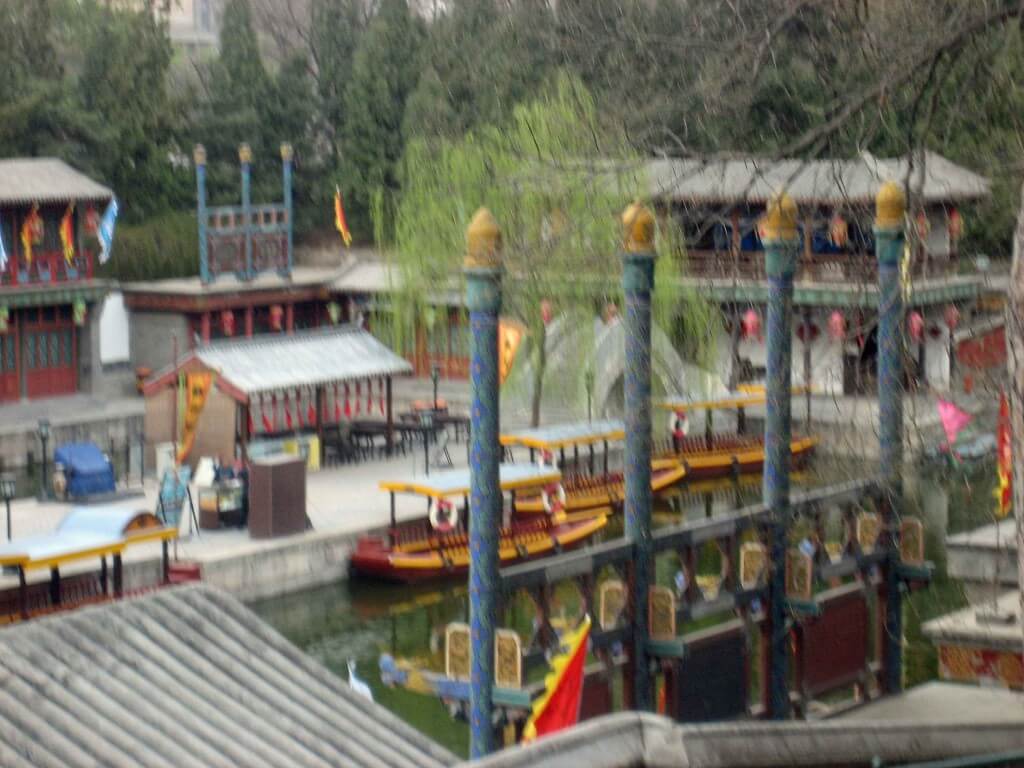
Summer-Palace’-Suzhou-Shopping Street’ built expressly for the Emperor, Empress and concubines for a shopping spree. A first hand experience of Chinese culture and tradition.
There were numerous other mysterious buildings, hidden temples and pavilions which we only saw in the distance behind walls and trees. The Summer Palace is another awesome attraction in Beijing. A must on your small group tour.
UNESCO included the Summer Palace on its World Heritage List in December 1998.
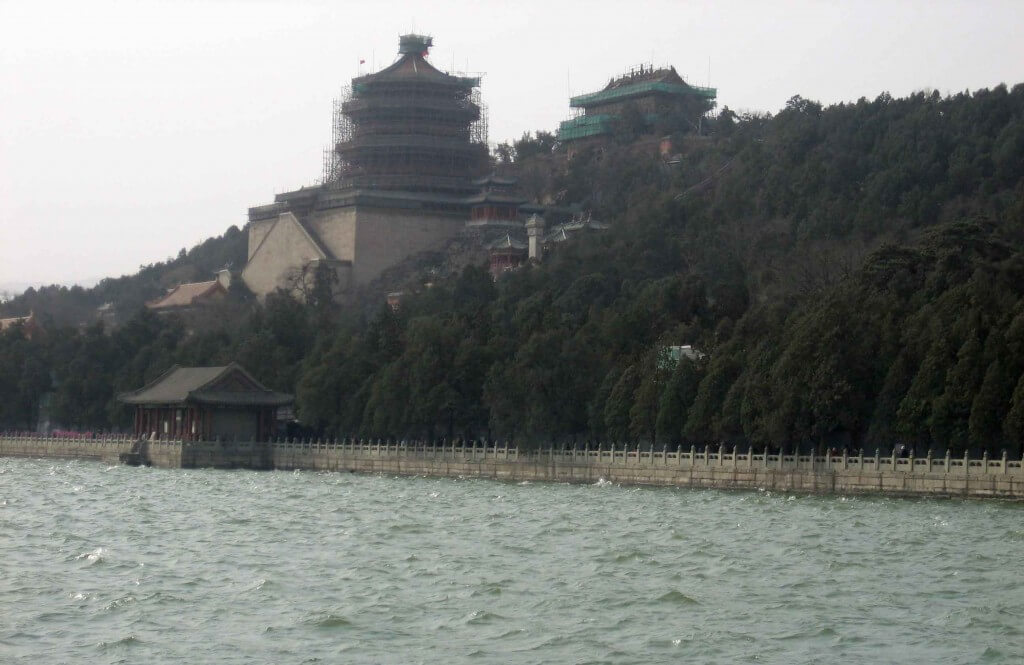
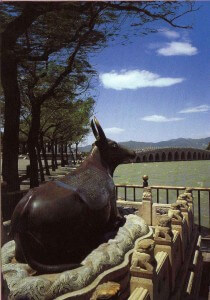
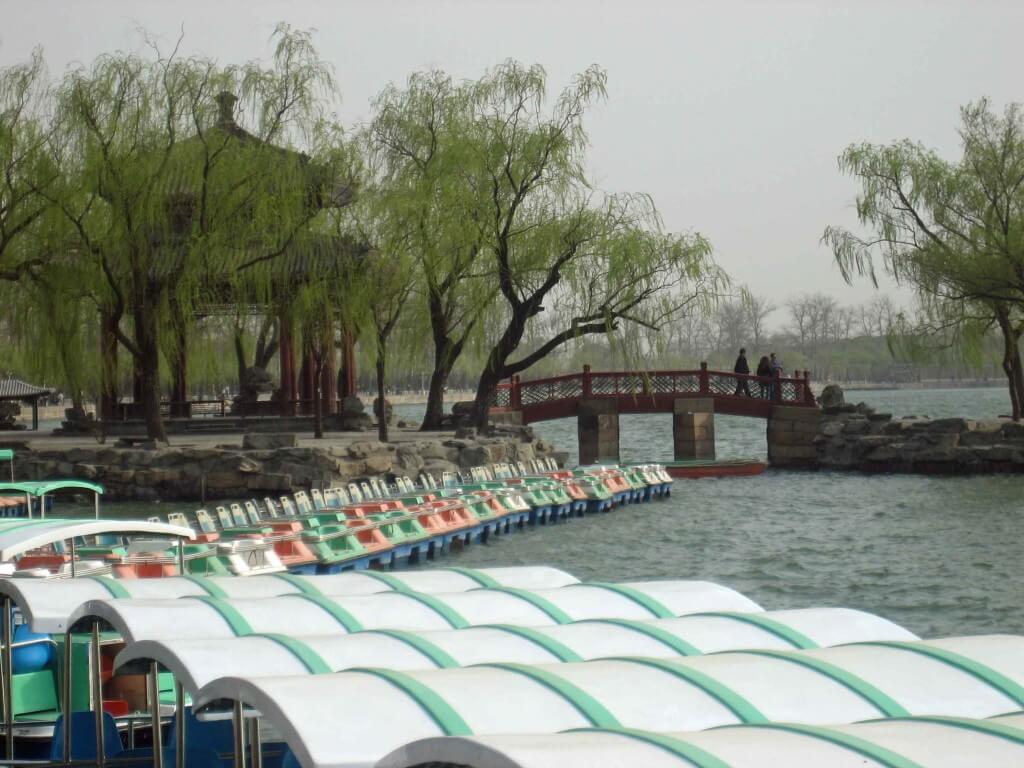
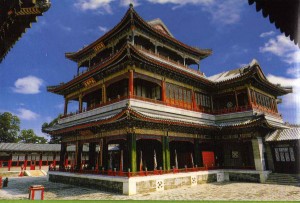
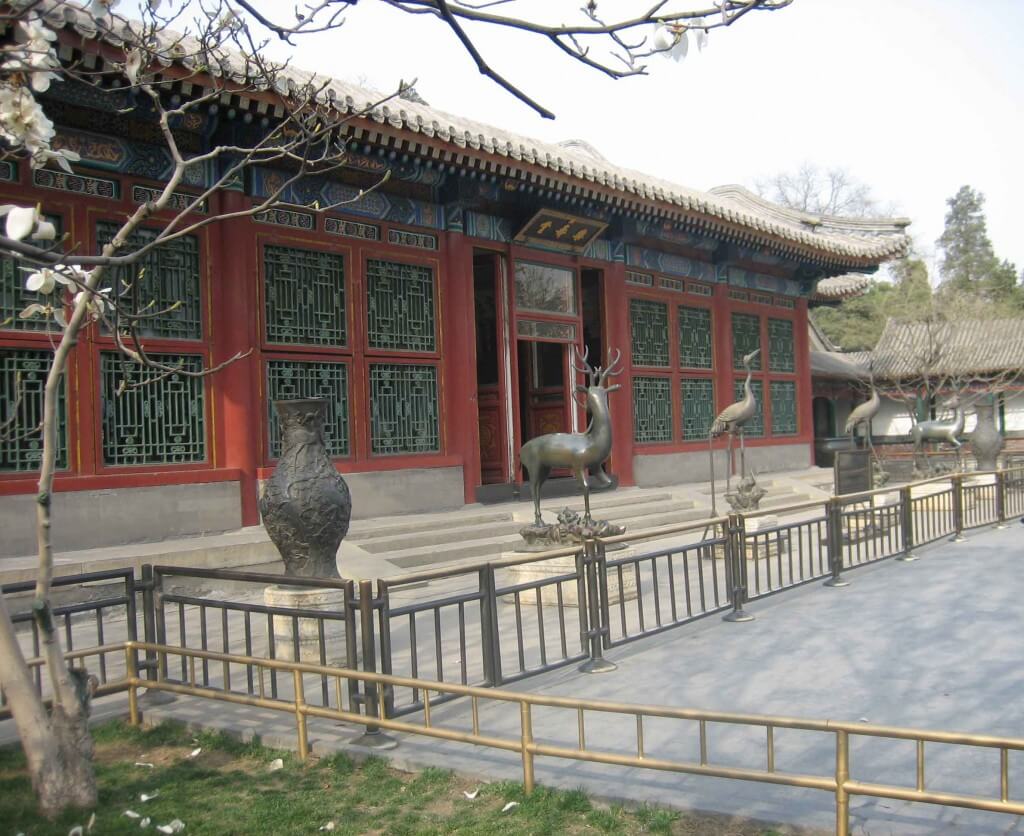
Speak Your Mind